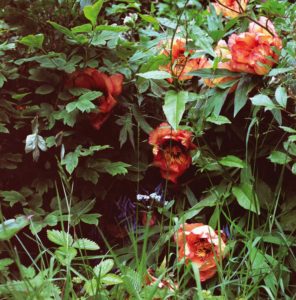 Spring is in full bloom!
Spring is in full bloom!
With the scent of lilacs, peonies and lavender in the air, I hope you’re taking some time to enjoy these warm longer days. I want this to be a space of sharing, so I thought this is the perfect time of year to celebrate how the connections between the senses became integral to my art. We’ll travel back to when I was an art student, visiting a seaside garden in France, deep in May, the plants in full blossom, the bees heavy with pollen. I wanted to photograph and film the plant’s interactions with one another. For me, connections and relationships are essential in making art and the flowers were the perfect subjects for portraiture and composition.
Upon returning to Paris, by some strange synchronicity, I found a Vietnamese restaurant called Fleurs de mai. Reminded of the seaside garden, I walked in and was immediately immersed in this deep scent saturating the space. It took many return visits to try and identify the layers of the scent such as different algae, mushrooms and herbs. Finally, I created a recipe for a ‘scent soup’ that invoked the restaurant. I wondered what would occur through combining the flower visuals with the restaurant’s strong unrelated scent. In a room at the Art Academy, I cooked the ‘scent soup’ for hours until its vapors permeated the room.
As people entered, I projected the images from the lush seaside garden. Sound became another layer as I stirred and moved objects around in a spontaneous performance piece.
Later, people that had attended told me that when they saw some of the particular flowers from the film in real life, they smelled the scent of the soup!
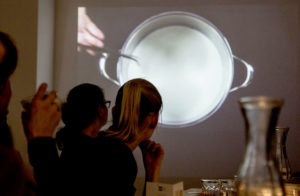
I realized I had created a totally new relationship that provoked images and memories.
The richer a sensory experience – when your eyes, ears, nose and taste are all stimulated- the more the encounter inscribes itself upon you.
I started to look at how scent relates to color. I liked the idea of using color as a common connection between people because everyone relates to color and feels safe when talking about color. As one of my art workshops at a food art week, Color Correspondence became a space to practice paying attention to what happens when we make unusual connections between the senses. What an incredible experience! Combining color with scent invoked emotions, stories, memories and images within the group. Together we discovered this creative personal space that triggered so much play and exploration.
Usually when people think of unusual connections between the senses, the word synesthesia comes up. We think of it as a mysterious condition reserved for geniuses or famous musicians that ‘hear’ colors. We assume we don’t have access to these deeply rich and complex sensory experiences. As an artist, I was reluctant to use the word in relation to my work for its overly hyped reputation. But then I read The Superhuman Mind by Berit Brogaard and Kristian Marlow, a book that describes this phenomenon in scientific terms. Of course, it’s still a poetic concept but also about using the senses to stimulate the different areas of your brain in order to make lasting connections.
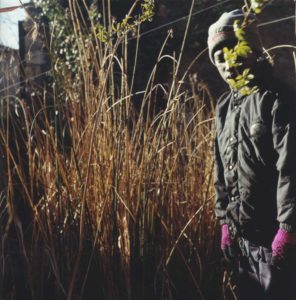
Through the senses, we all have access to changing how we perceive and memorize the world.
I had found the science behind what I’d already experienced with my art and creativity workshops. This sensory work can even be a part of memorizing techniques or learning new skills. By including as many senses as possible, memory capacity is enhanced and you can train the brain through practice and use. Your perception of the world changes.
Each experience is its own story made up of what we see, taste, smell, hear and touch. As an interdisciplinary artist, my passion is in separating out each sensory layer and then recombining them to create new ways of experiencing ourselves and the world around us. I invite you to take some time during these sunny days as the world begins to reopen to get curious about your sensory experiences – play, connect and discover.
 Recently, I started doing website branding photography for the new lobe lokal at Lobe Block in Wedding, Berlin. The core part of this role is to photograph brand new dishes for the restaurant – colourful culinary creations designed to wow the senses… truly, food art! Photographing (and filming) delicious ingredients, vibrant fruits, earthy vegetables, and magical cooking processes has always been at the heart of my own artistic practice. Given my double profession – as an artist and a cook – these crossovers come naturally.
Recently, I started doing website branding photography for the new lobe lokal at Lobe Block in Wedding, Berlin. The core part of this role is to photograph brand new dishes for the restaurant – colourful culinary creations designed to wow the senses… truly, food art! Photographing (and filming) delicious ingredients, vibrant fruits, earthy vegetables, and magical cooking processes has always been at the heart of my own artistic practice. Given my double profession – as an artist and a cook – these crossovers come naturally.  Truthfully, this process of capturing the essence of the new dishes felt like meeting delicate creatures, each one a story of its own. They addressed me with their demands: meet me, look at me, study me, show me. And – for their photographer, me – it’s a race against time. They fade, they stick, they dry up, they keep changing and, once they change, there is no turning back.
Truthfully, this process of capturing the essence of the new dishes felt like meeting delicate creatures, each one a story of its own. They addressed me with their demands: meet me, look at me, study me, show me. And – for their photographer, me – it’s a race against time. They fade, they stick, they dry up, they keep changing and, once they change, there is no turning back.  So I was really glad to join a food art photography session led by the wonderful Erin Lang – musician, chef, and founder of Bloom & Echo – and her partner Sam. Joining their team for this project, I was able to observe her wonderful way of approaching this new set of culinary creations.
So I was really glad to join a food art photography session led by the wonderful Erin Lang – musician, chef, and founder of Bloom & Echo – and her partner Sam. Joining their team for this project, I was able to observe her wonderful way of approaching this new set of culinary creations. 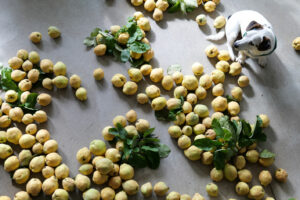 I adore
I adore 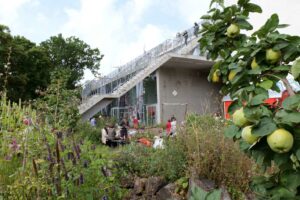 Lobe is a house project in Wedding: a newly built, brutalist concrete building defined by its terraces, its garden – where, among other things, quinces grow – and its many cohabiting animals. Soon, its ground floor units will become one space, a fresh, joint space for events, workshops, food experiments, and a lab for creating a more sustainable future.
Lobe is a house project in Wedding: a newly built, brutalist concrete building defined by its terraces, its garden – where, among other things, quinces grow – and its many cohabiting animals. Soon, its ground floor units will become one space, a fresh, joint space for events, workshops, food experiments, and a lab for creating a more sustainable future.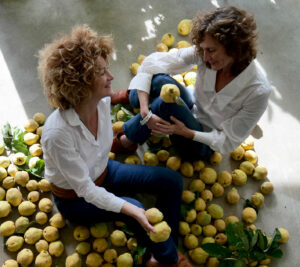 Not least a dream commission for me as
Not least a dream commission for me as 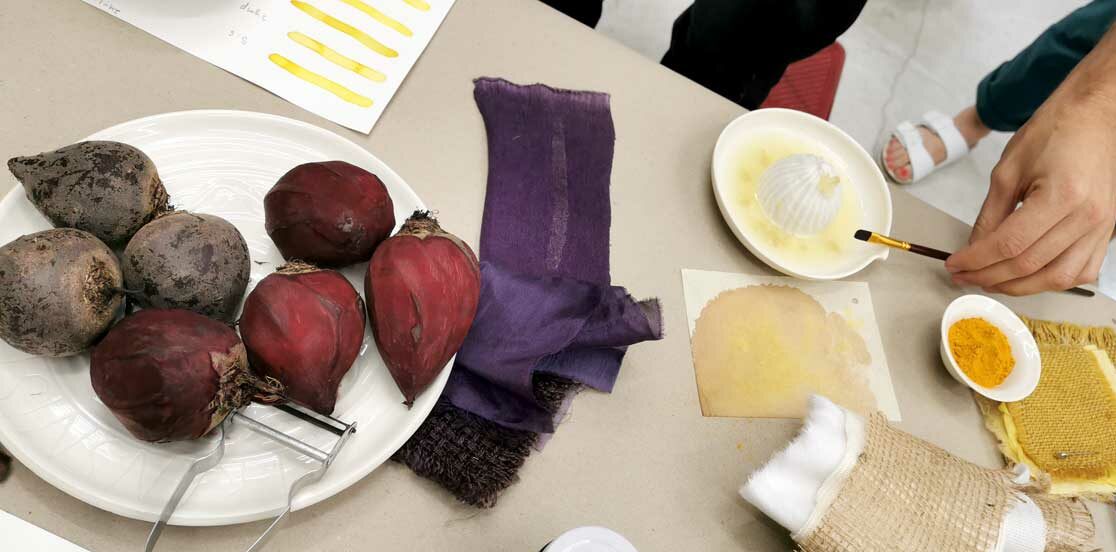
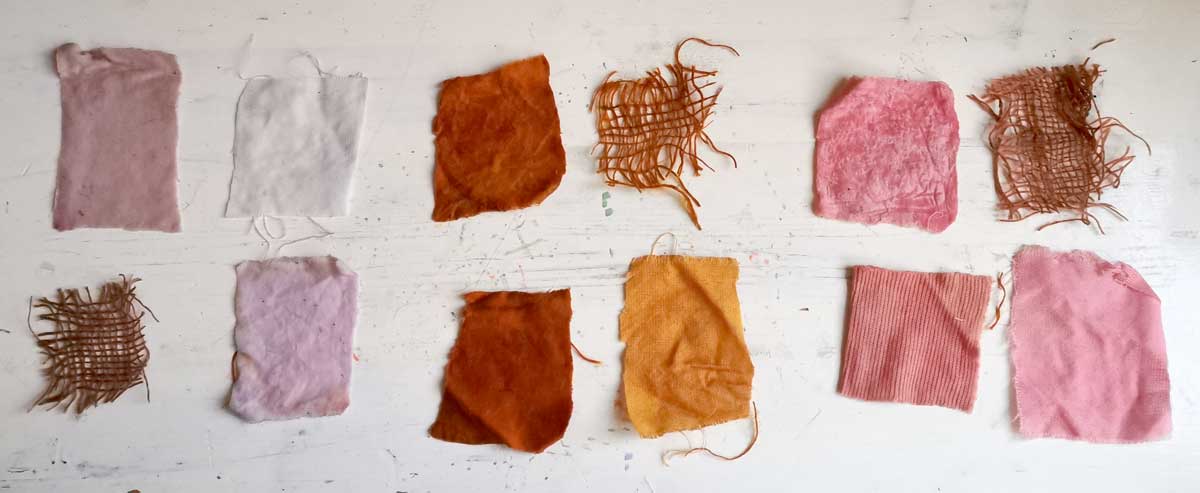
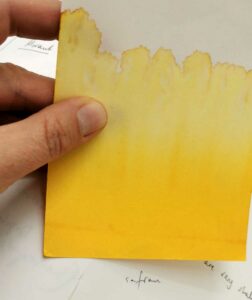
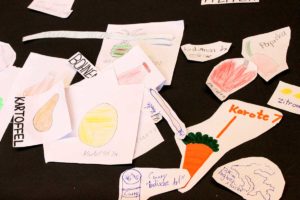 I asked parents to send their child to school with a cutting board and one ‘leftover’ food item from the fridge. In a sense, it was going to be an experiment about how we can change our relationship to food. And what better group than kids with little or no experience with cooking!
I asked parents to send their child to school with a cutting board and one ‘leftover’ food item from the fridge. In a sense, it was going to be an experiment about how we can change our relationship to food. And what better group than kids with little or no experience with cooking!

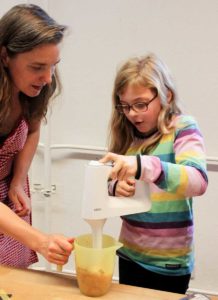
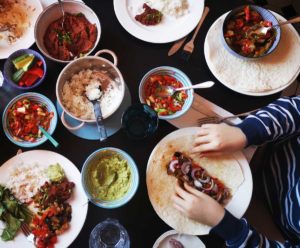
 Spring is in full bloom!
Spring is in full bloom! 
